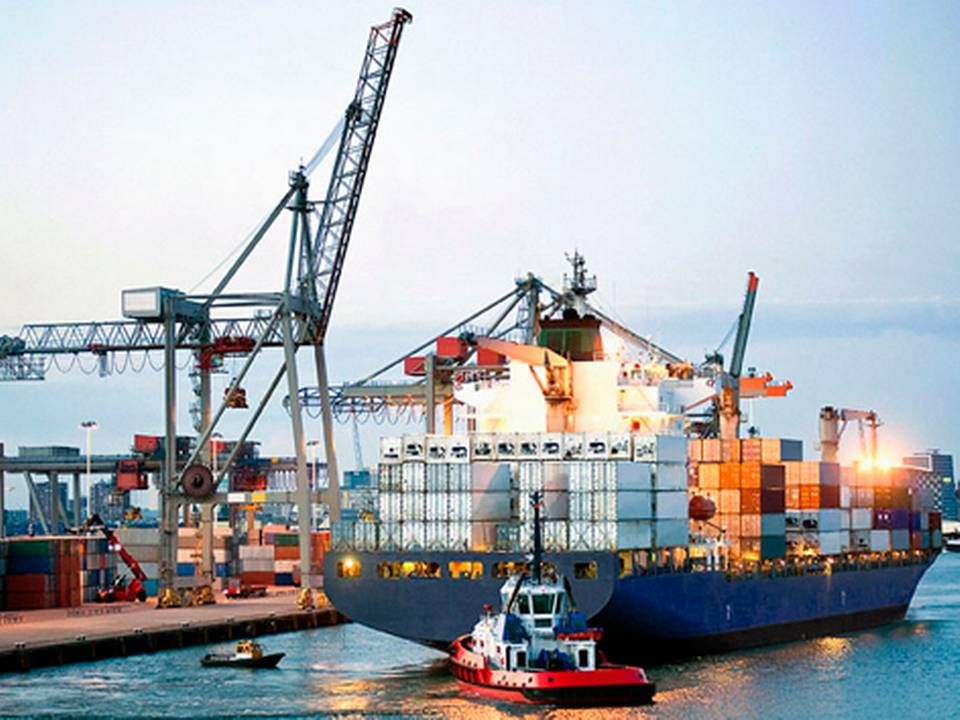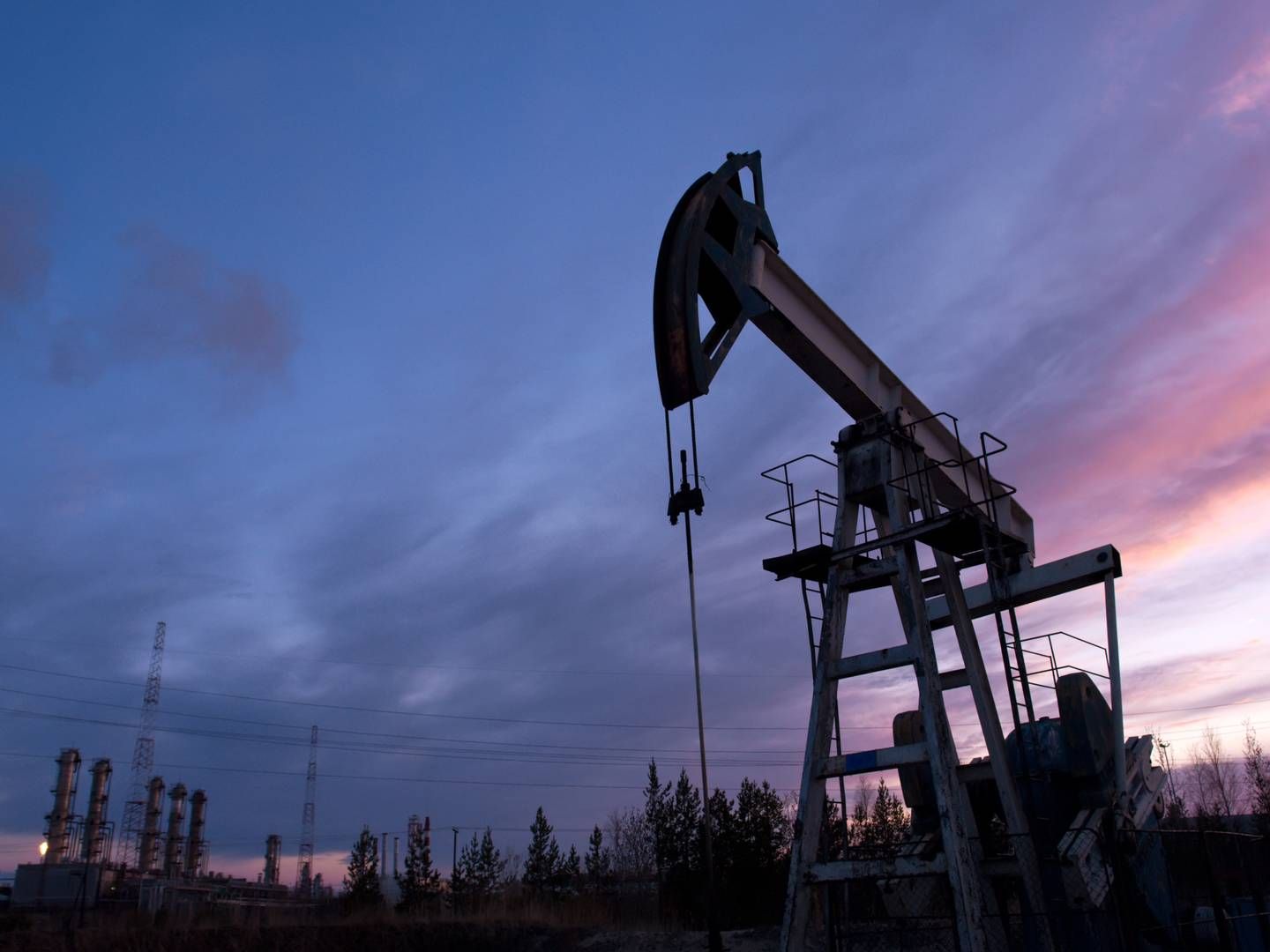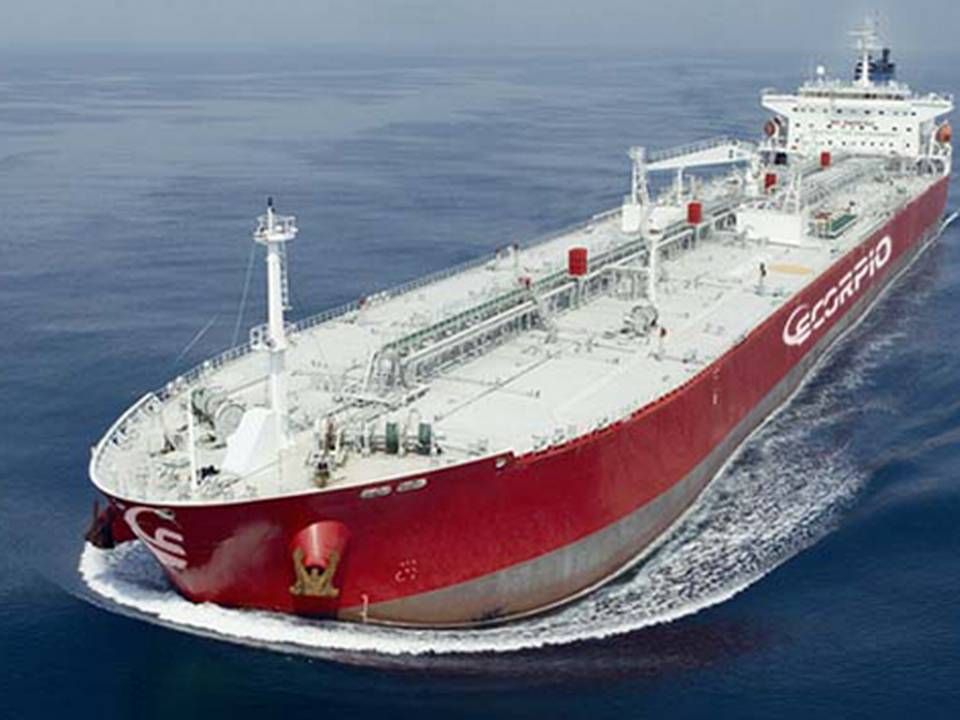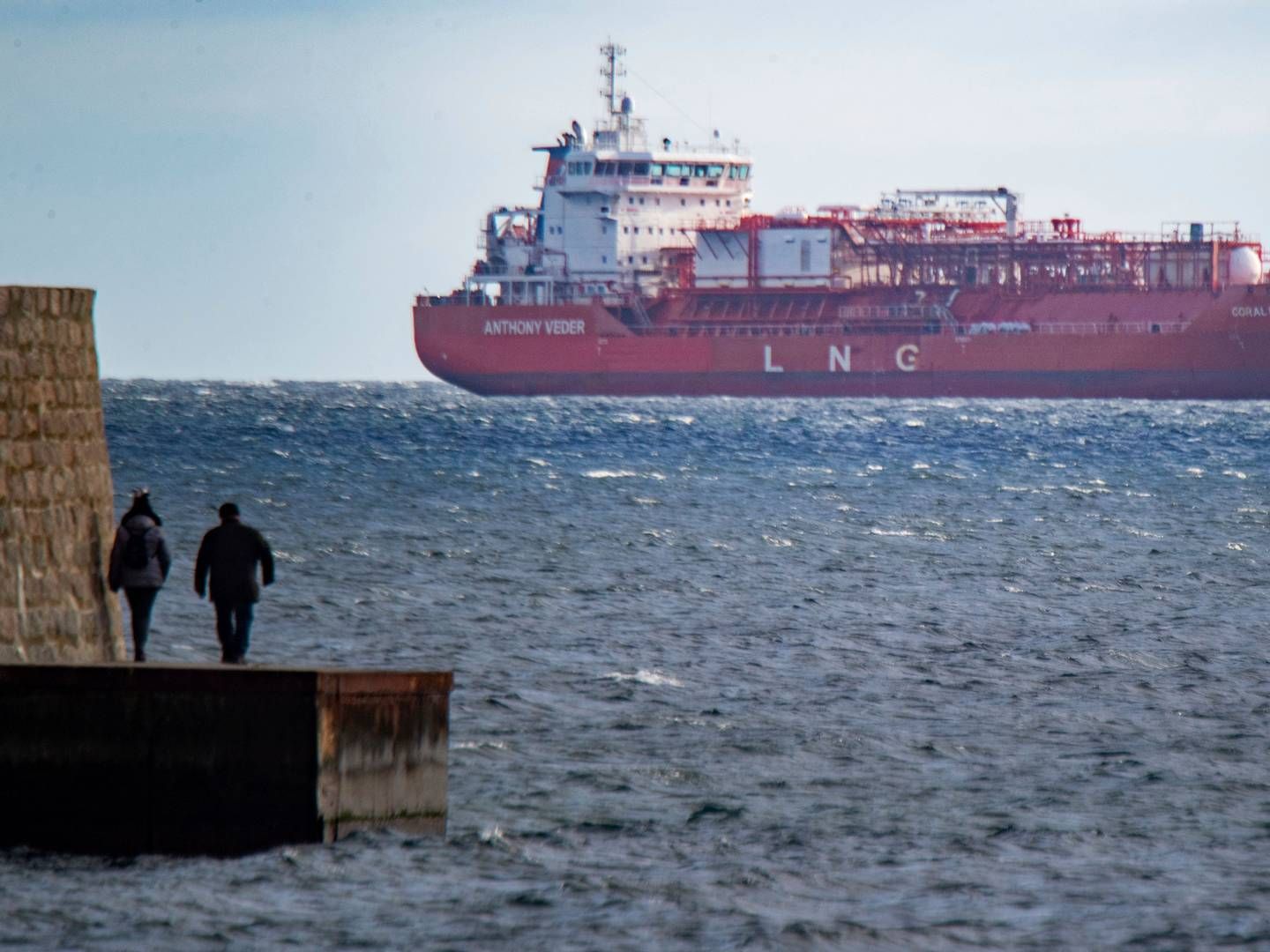Economists: Oil brings revolution to the tanker market
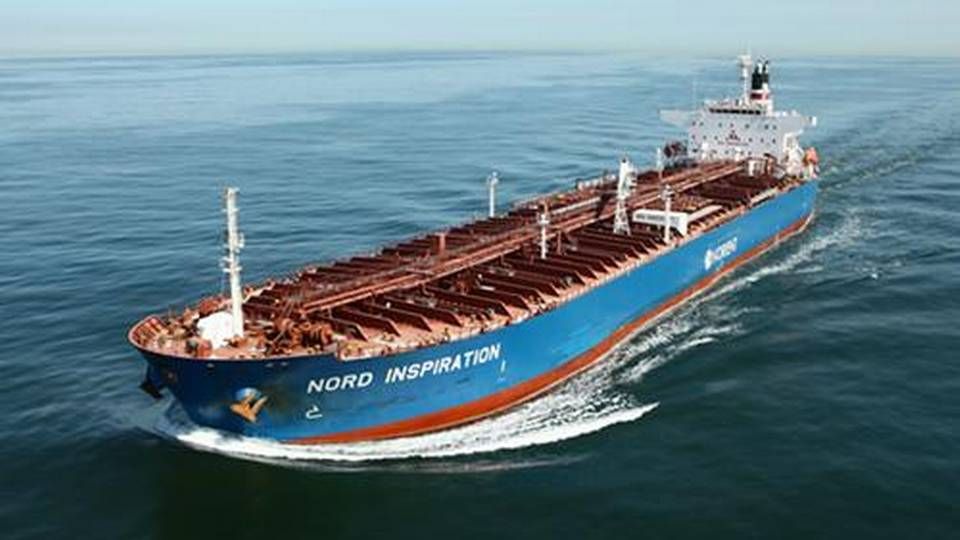
The shale oil and gas extraction in the United States is actually just one of several factors that within a period of a few years will turn a dormant oil tanker market into what looks like the most optimistic market in the entire shipping sector
According to ShippingWatch’s new panel of maritime economists there are several reasons that shipowners, banks, and investors are rallying around the product tank market in particular right now. And in addition to this market, several downstream industries stand to benefit from the trade in refined products that is expected to increase in 2014 and 2015.
Pipelines in the US
Wayne K. Talley, Professor of Maritime and Supply Chain Management at Old Dominion University, points out that US shale oil should be considered alongside the rising production of oil in Canada, including the controversial oil extracted from oil sand. The Canadian government wants to export oil via the United States through the much-discussed Keystone pipeline, which US President Barack Obama has opposed so far. But many observers believe that it is only a matter of time before the project is approved, at which time the Canadian oil production can be added to the US production, which can be shipped from US ports:

“The Canadian government is seeking to export this oil from Alberta, Canada to the U.S. Gulf Coast region via the TransCanada Keystone Xl pipeline. President Obama, however, has placed a moratorium on the construction of the U.S. section of this pipeline. When this moratorium is lifted, this oil will be available for transport from U.S. Gulf Coast ports,” says Wayne K. Talley, adding that additional new buildings of Jones-Act product tankers will be needed to transport this refined oil from U.S. Gulf Coast ports to other U.S. ports.
The U.S. Jones (cabotage) Act requires that ships that transport cargo from one U.S. port to another must be U.S. built, crewed and flagged. However, whether an increase in the amount of U.S. refined oil that is transported to foreign ports will result in new buildings of non-Jones-Act product tankers is unclear, as an increase in the amount of oil transported from a U.S. port to a foreign port is expected to result in an increase in the demand for the transportation services of non-Jones-Act product tankers, but the amount of foreign oil imported by the U.S. is declining.
“Orders for new buildings of Jones-Act product tankers include those of Aker Philadelphia Shipyard and its U.S. competitor, General Dynamics Nassco. Aker, for example, has a $418 million contract for new buildings and up to eight of these tankers are due for delivery in 2015 and 2016,” says Wayne K. Talley.
Adjusted routes
Trevor D. Heaver, Professor Emeritus, Operations and Logistics Division at the University of British Columbia’s Sauder School of Business, agrees that shale oil and gas will have a significant impact on the tank market:
“Making the U.S. self-sufficient in petroleum is contributing to a significant realignment of trades but, in the short run, is only one of the significant developments to take into account when considering the volumes and patterns of the petroleum trades,” Trevor D. Heaver says, adding:

“Another important cause with short- and long-term implications is the move to lower per capita consumption rates strongly associated with changes in the consumption of petrol by motor vehicles. Driven by environmental concerns as well as recent economic conditions, fuel consumption per mile is and will continue to decrease. A similar decrease is likely to occur in the rapidly expanding economies, where overall economic growth will result in continued expansion in demand.”
He says that the result is likely to be increased product exports from the U.S., but points out that the overall effects on the demand for specific types and sizes of tankers can only be determined through the use of global supply and demand models.
Individual segments matter
Enrico Musso, Professor at the Department of Economics at the University of Genoa, says that the market for product tank should not be viewed as one large entity, pointing to the importance of looking at the fleet in terms of segments: In addition to the difference in loading capacity there is a big difference in the amount of newbuildings in the pipeline in LR1 and LR2, respectively, says Enrico Musso. But there is no way around the fact there has been heavy traffic across the Atlantic in the second half of 2013, a development that cannot just be explained through seasonal fluctuations, he says:
“If we look to at the figures, it’s interesting to note that in the second half of 2013 the shipments from the US to Europe were doubled, passing from 32 per month to 64/80 per month, and the trend is currently stable. I believe that - apart from seasonality - the shipment average will remain at this level in the coming years, though it obviously depends on the development of the economy.”

According to Musso the availability of crude oil and the decreasing price of shale oil compared to brent has contributed significantly to keeping US producers and refineries capacity at max utilization capacity. The US refined product is cheaper than the product from Europe. So even though the US internal consumption has decreased, exports, on the other hand, have increased. This is the reason why US refineries are kept - and are still keeping - the refinery capacity at max levels.
“This supports the old continent’s demand, which is affected by the continuous closing of refineries. Similarly, Caribbean and Latin American demand has also increased. So US production has increased, and continues to increase, its export to the Old Continent (when the arbitrages are open) as well as Latin America and the Caribbean.”
Musso points to three primary driving forces in the product tank segment:
- Shale gas production
- The refinery capacity’s shift from industrial countries to oil plant sites (the Middle East) and emerging economies (China, India).
- Eco-design ships
However, this will not necessarily have clear repercussions in the market as the economic crisis in Europe is still prevailing and as the ordering activity in the segment is high.
But why so much interest in product tank, then, particularly product tank eco-design vessels?
This interest is driven by several forces, says Enrico Musso:
- A displacement of the center of gravity of refining activities in favor of emerging economies.
- The Old economies are moving from refining to supply and logistics. This is why we are seeing a continued increase of storage areas (Barcelona, Turkey, France, ARA regions). To supply these areas that are facing a reduction of internal production due to the closing of refineries, an increasing number of vessels is required (especially MR vessels)
- And looking to the Far East, Singapore gets the first place as petroleum product hub to supply China, Southeast Asia, and Australia. A huge number of LR vessels are converging in Singapore, where the product is broken into smaller lots that can be loaded onto MR vessels, enabling a widespread distribution.
- In the Atlantic basin the increasing export of Gasoil will require more MR vessels in the future.
- I do not believe that pipeline investments (more focused on LNG) will substitute the maritime transport of CPP. Production centers are located far from the consumers and pipelines cannot substitute the marine transport, as they are too risky. As for the on-stream pipelines, they are under attack daily from rebels in many countries.
- Moreover, do not forget that eco-design ship orders are increasing again, as owners are ordering ships so as to be prepared for the future Marpol rules (ECA, SECA) and the high bunker price.
- That being said, we cannot pretend that the fleet is not massive and plagued by overcapacity. Scrapping does not make sense because of the young average age of the vessels, but if international law and oil players first decide to deal more severely with consumption and pollution, and the bunker price remains high, the number of suitable vessels will be of course be reduced.
Medium Range (MR) is the size that best meets the technical constraints of US loading ports.
“Today the average age of the MR segment is generally young, but this does not constitute an obstacle to investors. Why? They prefer to order new vessels with a lot of eco-design technicalities: hydrodynamic keel, eco engine with low fuel consumption, bi-fuel engine (LNG and fuel oil/diesel fuel). All these points enable shipowners to reduce their fuel consumption by 10 percent or more. And considering that the price of bunker represents around 40 to 50 percent of a vessel’s expenses, it is easy to understand that a 10 percent cost reduction is very interesting for the shipowners’ pockets,” he says.
He believes it is difficult to say whether all the newbuildings can be absorbed by the demand in the shipping market. This depends on investments in CPP pipelines and obviously if all the orders are completed or not.
“Some owners (especially equity funds) speculate in vessels without having a clear view,” concludes Musso.
New panel of maritime economists on ShippingWatch
GRM: Shale boom will not lead to cheaper oil in 2014
Related articles
New panel of maritime economists on ShippingWatch
For subscribers
GRM: Shale boom will not lead to cheaper oil in 2014
For subscribers
Tank carriers preparing for shale oil boom
For subscribers

